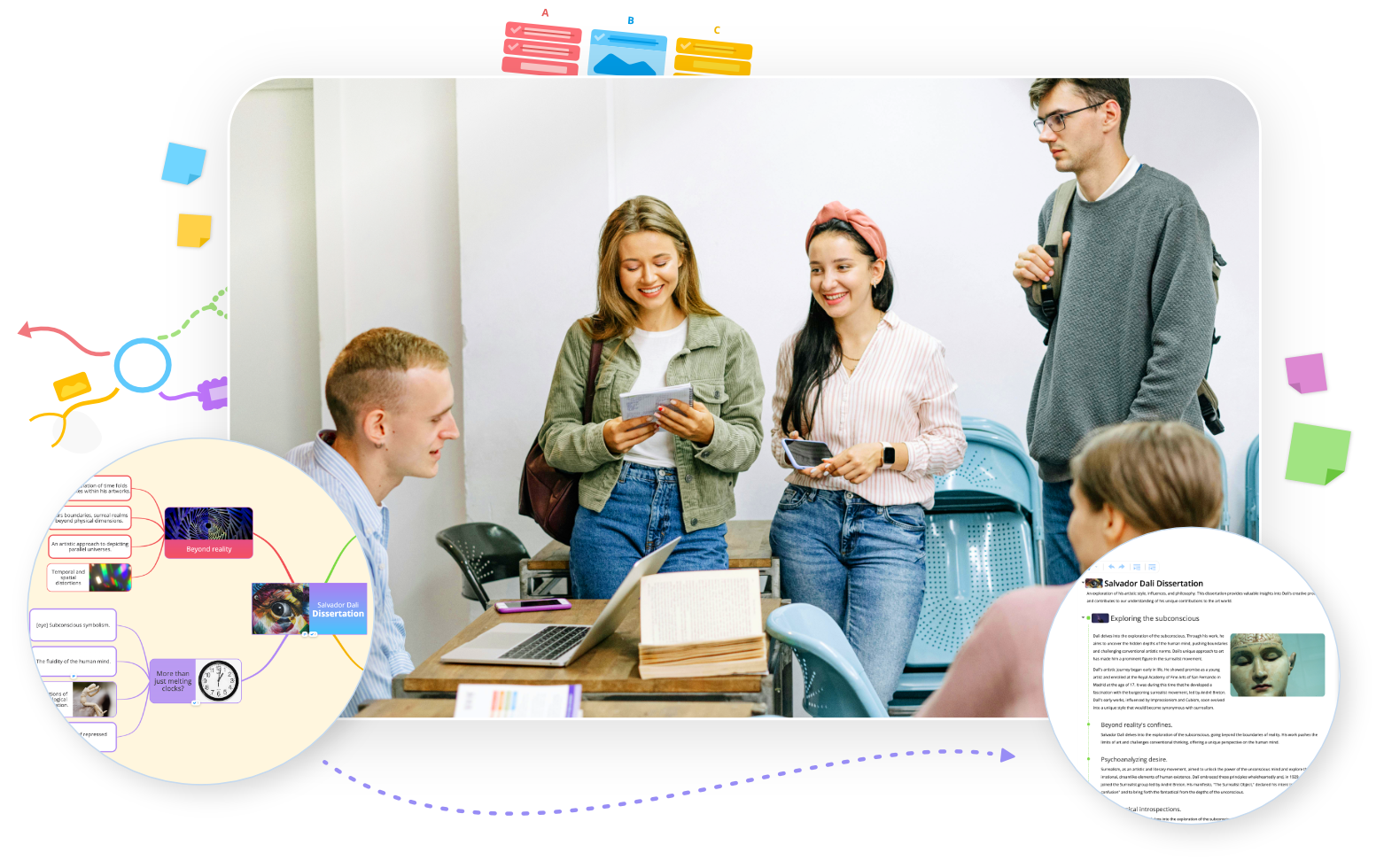Daydreaming is something we all do from time to time, yet is very misunderstood as it’s often wrongly associated with inactivity. For many, it’s merely one of those things we do when procrastination takes hold and we’re trying to avoid confronting our ever-growing to-do lists. However, what if I told you that daydreaming (when done in the right way) can reignite our creativity and actually make us more productive?
Daydreaming often gets a bad rep for being a distraction from our work, but that’s precisely the reason why it’s such a powerful tool – and it’s one that we all have at our disposal. We all know that working without breaks isn’t good for us; that it can lead to worry and burnout, resulting in nothing getting done. I’m sure many of us can recall a time when we’ve tried so hard to get our ideas down onto a page at the end of a long day, yet finding ourselves unable to make the words flow no matter how hard we try.
The result of this? We only become more agitated and stressed – and we still won’t manage to complete the work to a standard we’re happy with. Fortunately, stepping away from our desks and indulging in a short daydreaming session can help to clear our heads, giving us fresh clarity as we’ve allowed ourselves time to mull over our ideas with less pressure. As a 2019 study carried out by the Georgia Institute of Technology shows, daydreaming can enable us to come back to our tasks feeling refreshed and brimming with great ideas.
Although some participants of the study admitted they felt guilty for letting their minds wander, others reported that it positively affected their emotions and led to them making fewer mistakes in their work. As Lifehack explains, studies by the US National Library of Medicine and National Institutes of Health also reveal that daydreaming can improve our ability to think critically, which is a vital skill for success. This is because daydreaming combines our executive network (the region of the brain that is dedicated to problem-solving) with our default network (the part of the brain that is associated with higher-level activity).
The power of Incubating ideas
In a similar vein, ‘incubating’ ideas (when you take a break from a problem to do something unrelated) is a key part of the brainstorming process. Just because we’ve walked away from a task temporarily, it doesn’t mean that it’s left our minds completely! Instead, we will marinate these ideas as we complete other tasks, which can lead to the winning solution coming to light when we least expect it.
However, although there is plenty of evidence that proves daydreaming can help us get things done, how can we ensure that we’re doing it at the right time and in the right way?
How to keep your daydreaming focused
Now that you know that daydreaming can make you more productive, this doesn’t mean you can turn away from your screen, stare out the window and start thinking about where you want to go on your next holiday when you’re stuck for inspiration! In order to utilize daydreaming as an effective creative thinking tool, it needs to be focused. This means that you need to do a bit of prep work before you walk away from your desk.
Gather as much information as you can about the problem at hand and consider some of the possible solutions. Make sure you also establish what you want to achieve from your daydream, then let your mind mull over the problem as you do something else. This is where incubating your ideas comes in. Whether it’s taking a quick walk in the park or making yourself a coffee, letting your mind relax as you focus on something else will help to bring some innovative ideas to the surface.
Don’t lose these ideas!
One important thing to keep in mind is that you don’t want these sparks of inspiration to leave just as quickly as they arrive! If you promptly switch from incubating your ideas and onto a completely different task, then you may forget some of them before you have a chance to put them into action – causing more stress. I’m sure all of us can relate to thinking of a great solution to a problem unexpectedly, forgetting to write it down, and then not quite being able to recreate it.
When daydreaming about a problem, don’t stray too far from a pen and paper, your computer, or anything else you can use to make a note of your ideas. Putting them in the format of a Mind Map is a great way to keep track of your thoughts as you can add structure to these ideas and use the interconnecting branches of your Mind Map to expand on them further.
In many cases when you’re stuck for inspiration, writing our ideas down can help us to think of even more – and Mind Mapping works in a very similar way. Its interconnecting branches mimic the way our brain makes associations between ideas – which can take our creativity and productivity to stunning new heights! Mind Mapping incorporates different colors and images, which can also trigger associations in our brains. In fact, our brains love visuals and process visual information 60,000 times faster than text!
Keep track of your innovative ideas and put them into action in Ayoa. Create stunning, visually stimulating Mind Maps, then turn the branches of your map into tasks ready to add Start and Due Dates, Reminders, Comments, Notes, and Checklists. You can even delegate these tasks to others and track your progress using visual progress indicators directly in the app! Ready to daydream your way to success? Try Ayoa for free today.


